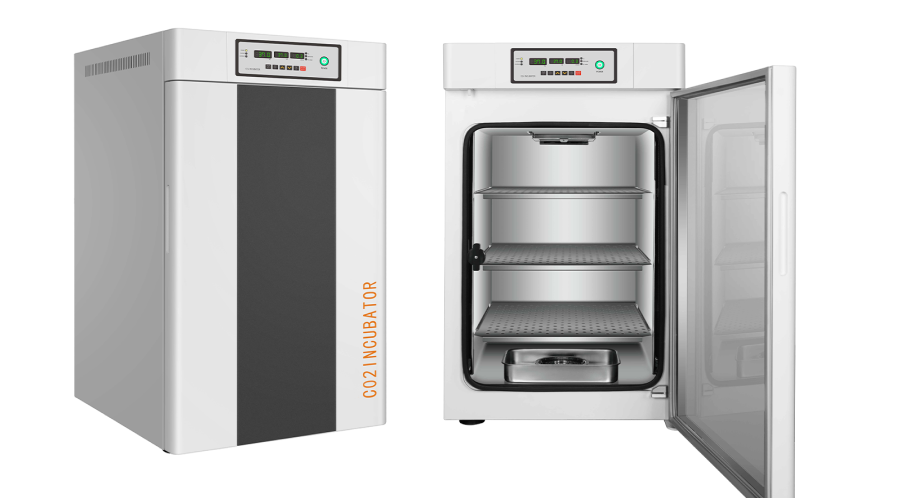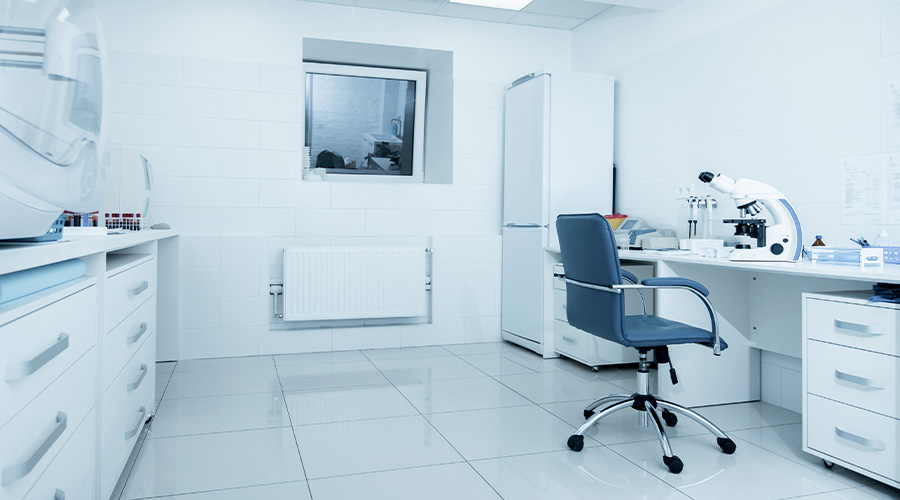Setting up a lab is an exciting venture whether you are a grad student just out of university, a pathologist, scientist or medical researcher. It gives you the opportunity to create a space that fulfils design requirements and lab safety for experiments and scientific research. However, setting up a lab can be challenging and does take some planning and preparation. There are certain steps you need to take to set up a lab safely and efficiently including budgeting, regulations, software, and equipment. With an understanding of your lab’s purpose and procedures to achieve your goals, setting up a lab can be a rewarding and enjoyable experience. Follow our 10 step guide to understand what you need to do to set up a lab.
1) Define your lab’s purpose
To set up a lab, the first step is to define the lab’s purpose. There are different kinds of labs which each need different fitout and equipment. A lab could be used as a professional, home or science lab for research, production or testing and each type of lab has specialised equipment, like cold storage, and protocols for its specific research or testing goals. Some labs require standard equipment like laboratory glassware, bunsen burners and medical grade fridges, while others need more specific and expensive equipment like electron microscopes. Defining your lab’s purpose will determine all the subsequent choices when setting up a lab from your business plan to funding choices and the type of space you will need.
A research and development lab, for example, is devoted to innovation, experimentation and the development of new products. If your purpose is for R&D, you will need a different setup than a hospital or crime laboratory. An R&D lab will require equipment like analytical instruments like spectrometers and microscopes while a hospital lab may require incubators and blood analysers. Location will also be different depending on the lab’s purpose. A hospital lab will most likely be located within the hospital while an R&D lab may be located within educational institutions like universities.
2) Create a business plan for your lab
Once you have defined your lab’s purpose, the next step is to develop a business plan. A business plan is a written document that will outline the business goals, strategies and how you plan to achieve them. A business plan should include the following elements:
- Executive summary: This is an introduction that provides a brief overview of the business plan. A good executive summary should be compelling and provide insight into the purpose of the business, target market, potential impact, and value proposition. An executive summary will explain to the reader the lab’s mission statement, the purpose of the business, and strategies to achieve them.
- Market Research: By documenting market research, you can show how your lab will stand out in a competitive market. This section will include information about your target market, statistics on labs in the focus area, potential challenges and changes that may impact the business.
- Marketing strategy: A marketing strategy is a description of how you plan to market the business. Marketing strategies for labs include plans to build an online presence, partnering with healthcare workers, digital marketing strategies, and how your lab will attract customers.
- Operational Plan: This is an outline of the logistics of running your lab. It will include if you plan to lease a space, the type of equipment you need, and staff requirements.
- Budget and financial planning: Clearly define your budget and financial planning including how you will secure financial support. Include the potential for fellowships, grants, or venture capital investors to cover costs like lab equipment, and how the funding will be allocated.
- Future growth: Articulate your long-term goals and future growth plans for the business. This can include expansion, ability to adapt to evolving needs in the lab, and future income and expenses.
3) Find the right lab space
Securing the right lab space is the next significant step in setting up a lab. Its location and infrastructure will be a significant factor in the success of the lab. Choose a space that aligns with your lab requirements, and will work with the fitout and equipment you need to have installed. Make sure the lab’s utilities are sufficient including plumbing and electrical needs. Most labs need larger electrical capacity than other businesses. Consider lab size and future growth, particularly if you plan on staying in the location long term.
An incubator laboratory, for example, will require a space that ensures a stable and controlled environment for biological cultures. The right location will need to be away from direct sunlight, heat sources and anything that can cause temperature fluctuations. A biosafety lab will need to be located in a more secure area with limited access.
4) Compliance and regulations
Understand the relevant regulations and guidelines to ensure your lab will comply with safety and design standards. It is important to become familiar with these guidelines when at this point of setting up a lab. By understanding the relevant rules and regulations, you will be able to design a lab that meets fire safety regulations and hazardous materials storage requirements to attain the necessary accreditation. Understanding and abiding by the regulations and codes proves the lab is qualified, competent and complies with industry standards.
The laws and regulations for laboratories include:
- Occupational Health and Safety: These regulations set out the minimum safety standards for laboratories, covering issues like hazardous chemicals, electrical safety, and emergency procedures.
- Industry Standards: There are several industry standards that laboratories need to adhere to as set out by the Australian Laboratory Design Council, and the Australian Society for Microbiology.
- Environmental Protection Regulations: These regulations set out the requirements for the management of environmental risks that can be associated with laboratory activities like waste disposal and air emission issues.
5) Design the lab layout
Design the lab layout according to the specific research needs and operational requirements. To create a functional lab space, the area will include clearly defined zones and workstations, testing and research areas, storage rooms, areas for medical fridges and equipment, and administrative offices. The floor space design is important as it needs to ensure it meets safety requirements, supports workflow and accommodates the number of staff members in a safe and comfortable environment. The right layout will enhance productive and streamline processes so the lab can operate at its highest efficiency. If the lab is being designed for an existing building, ensure adequate ventilation by hiring a team of HVAC experts.
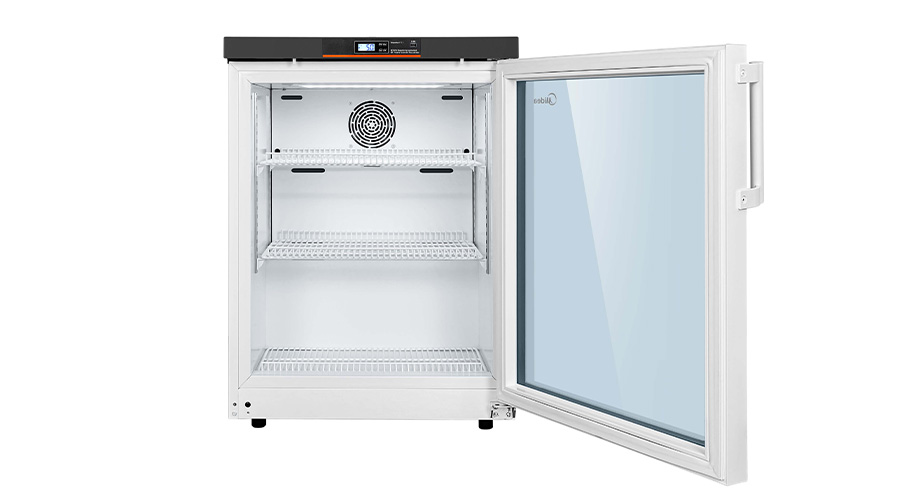
When designing a lab it is essential to have enough space to allow for safe movement, prevent accidents, and ensure medical and scientific success. Large equipment like medical fridges require ample space around them and the right positioning in a laboratory to operate efficiently and ensure the contents are kept at the required temperature between 2°C to 8° C. It is also imperative to make sure there is enough space in the lab for backup units and equipment.
6) Secure the right equipment for the lab
Once you have designed the layout, it is time to secure the right equipment for the lab. When choosing lab equipment, consider the function of the lab, the people who will be using the equipment and how much space you have for large items.
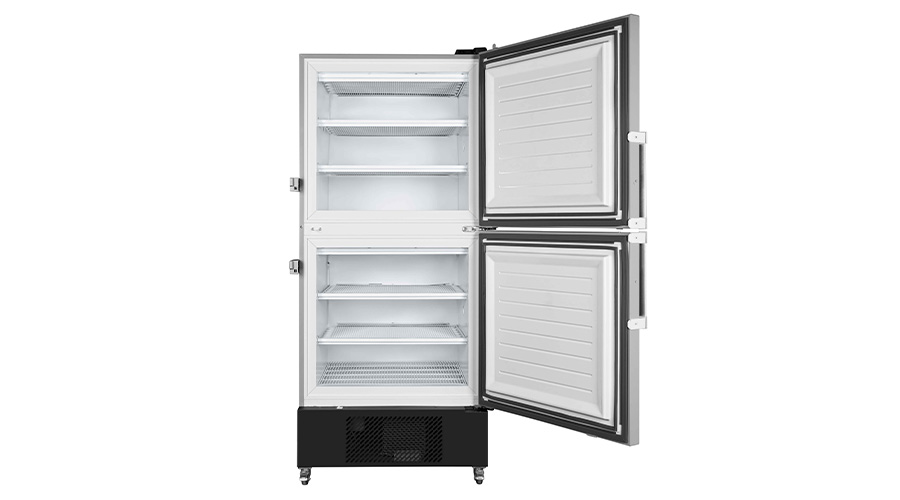
Each type of lab requires different equipment depending on the scientific field. In particular, cold storage is one of the most important pieces of equipment for a lab. It is imperative that laboratory specimens are stored in a precision temperature controlled environment which only a medical grade fridge can provide. Designed specifically for medicine, vaccine and biological materials, these fridges have precision temperature control and monitoring features that comply with the cold chain storage requirements. Labs have temperature sensitive materials like biological samples, chemicals and reagents used for research and testing that require storage in a medical-grade fridge, freezer or incubator for safety and efficacy.
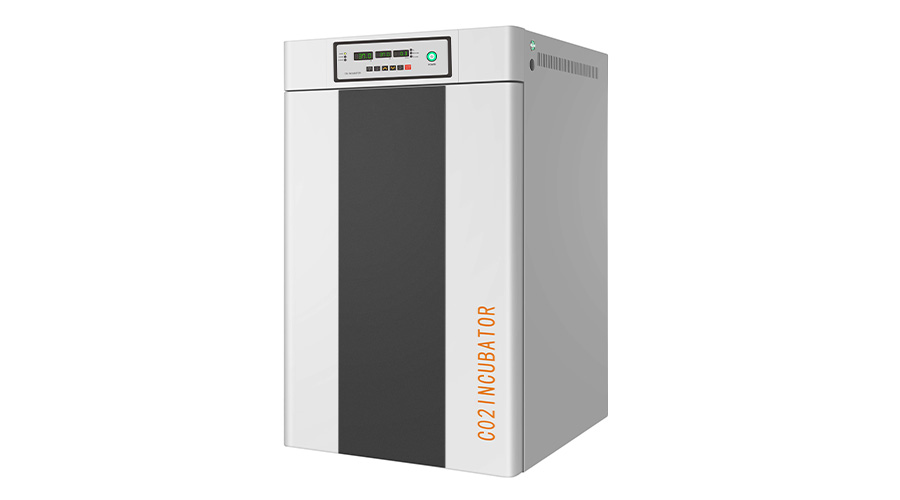
7) Ensure lab safety
Safety needs to be a top priority in a lab with so many chemicals and potential hazards. It is essential to factor in safety measures when setting up a lab. To minimise hazards, install sturdy and reliable equipment. Utilities like plumbing, electrical, ventilation and gas for Bunsen burners must be installed by professionals and regularly serviced or maintained. In your lab set up have a plan for fire drills and spill drills. Make sure assembly points are clearly marked and first aid kits and fire extinguishers are readily available. Staff will also need to be trained in safety measures.
8) Find and set up software
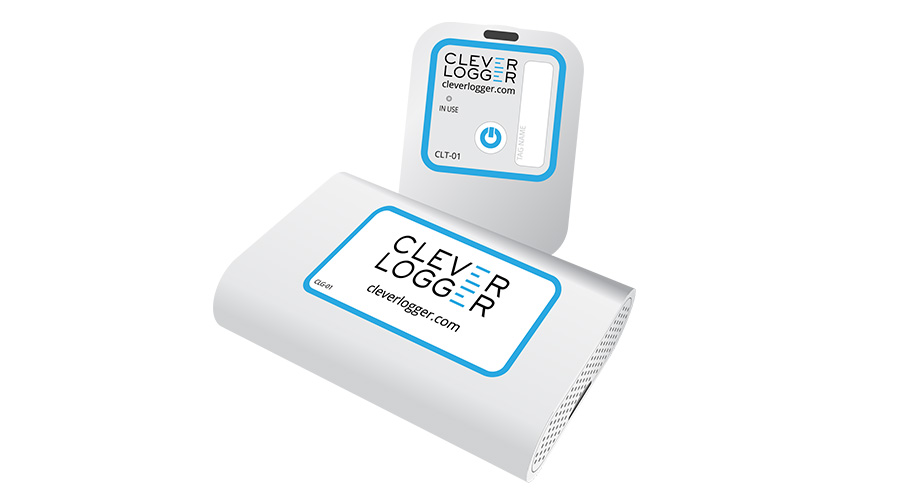
Setting up a software system is essential to a successful lab. Consider smart technology like automation and digital monitoring and a clever logger. Smart technology can monitor equipment, optimise usage, and help track inventory. Cloud based tracking and advanced software will improve efficiency and accessibility.
9) Hire staff
The final step in setting up is to hire staff. Each lab needs different types of professionals so hiring the right people for the job will be an integral part of the lab’s success.
10) Open lab
Setting up a lab can take several months to a year. The opening of the lab will occur when every step has been completed to create a successful business.
When setting up a lab it is important to follow strict guidelines to ensure a successful venture. With our 10 steps to set up a lab, you have everything you need to know to create the lab you have envisaged. For any further information on how to purchase equipment like medical fridges for a lab, contact Vacc-Safe.

